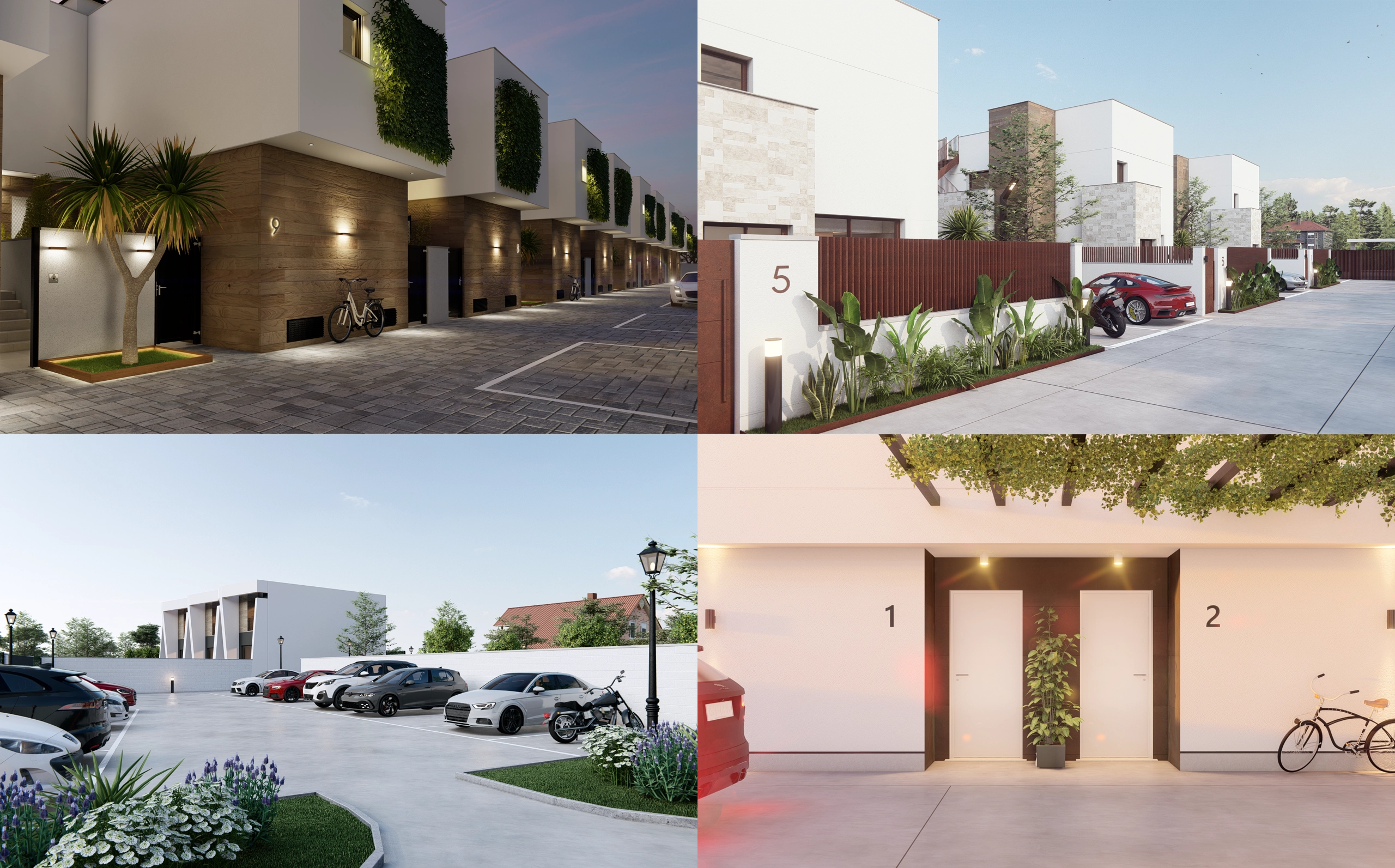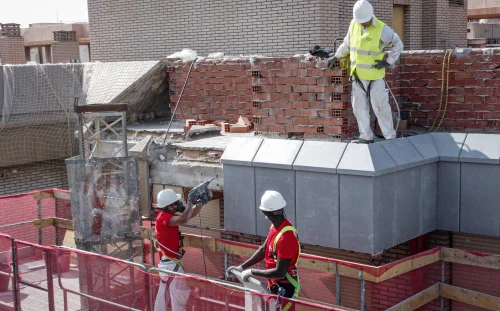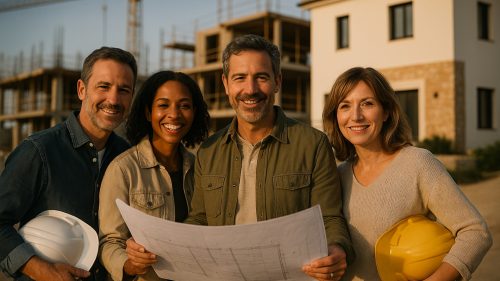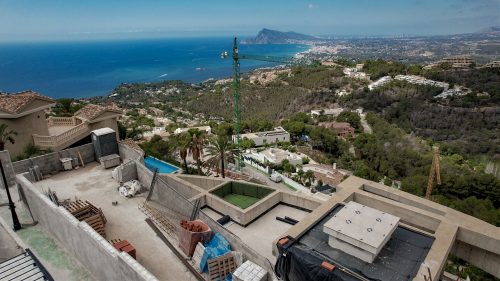A well-structured financial model is the heart of a homeowner cooperative. It enables long-term planning, informed decision-making, and ensures the sustainability of future developments. By establishing a solid financial system, the preservation and improvement of common assets are secured, along with meeting the needs of all cooperative members.
At personalHOME, specialists in project management for homeowner cooperatives, we aim to outline the steps to create a sustainable financial model for these types of communities.
1. Detailed Budgets
The first key to a secure financial model is having detailed and clear budgets regarding everything related to income (monthly fees, rental of common spaces, interest on funds, etc.) or expenses (maintenance of common areas, utilities, insurance, repairs, administration, etc.).
On the other hand, it is also essential to consider incident projections, such as future estimates of income and expenses, taking into account factors like inflation and possible changes in legislation.
2. Clear Fee Structure
Each member must contribute and benefit proportionally according to their participation in the cooperative, considering the size of their housing units and other relevant factors to ensure fairness. These fees are established from the outset.
Additionally, scalability in these fees must be considered, with periodic adjustments to reflect potential changes in overall costs.
3. Technology and Financial Tools
The use of financial technology is essential for optimizing resource management. This includes accounting software that automates financial processes and improves accuracy, as well as digital platforms that facilitate member participation and collaborative decision-making.
4. Reserve Fund
This step is particularly important for newly established homeowner cooperatives. The objective is to cover unforeseen expenses, such as construction incidents or emergencies. It is recommended to allocate a fixed percentage of monthly income to this fund. Additionally, reserve funds can be invested in secure instruments to generate future returns.
5. Challenges and Solutions
Homeowner cooperatives face various challenges, such as accessing external financing. The financial expertise of the management team can be crucial in securing advantageous credit options for its members.
In summary, a sustainable financial model is essential for the long-term success of a homeowner cooperative. It must be flexible, transparent, and designed to implement clear strategies with modern technology.
At personalHOME, we guide and support our cooperative members in a secure and prosperous way. As an example of our experience, we have already delivered a cooperative project at Residencial Zenit, two more are about to begin construction (Celeste Villas and Residencial Nadir), and a third is planned in the exclusive Font de San Juan area, Marsala Villas.
Would you like to be part of one of personalHOME’s cooperatives? Sign up today!

